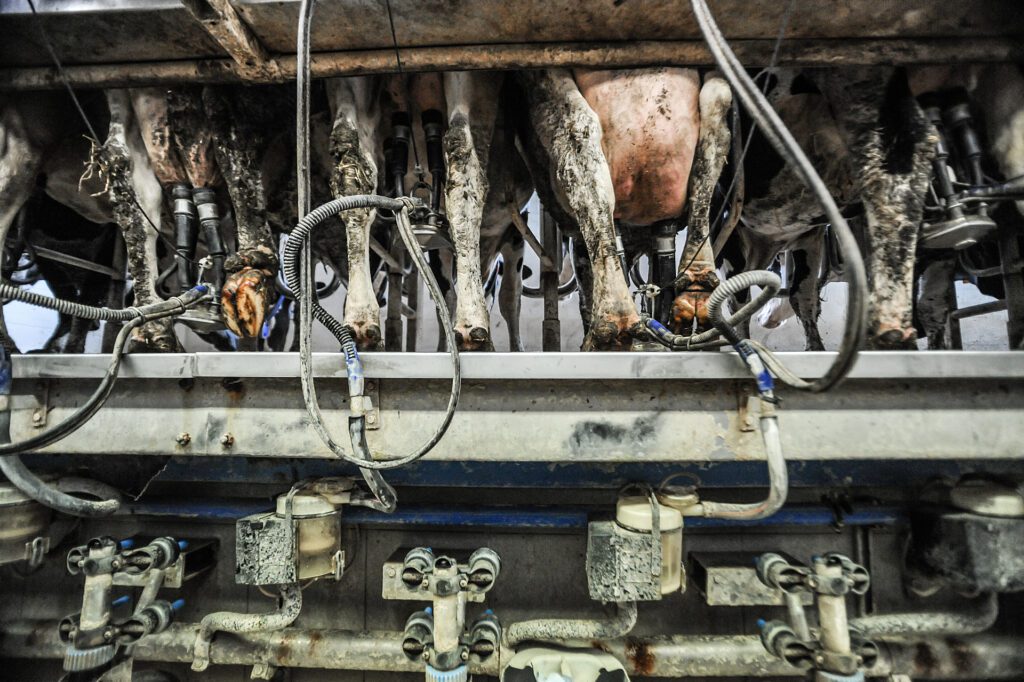


In its illogical support of Big Dairy, the U.S. government is misleading the public and padding the pockets of one industry over another.
By Jennifer Barckley, Independent Media Institute
6 min read
When author and historian James Truslow Adams introduced “the American dream” into common parlance in his 1931 book The Epic of America, he wasn’t suggesting that fulfilling it would require the democratically elected U.S. government to dictate what Americans ought to eat and drink or which industries they ought to fund through their hard-earned tax dollars. But that is what the U.S. government has been doing for decades by subsidizing the dairy industry—an industry that popular opinion has already left behind.
The real American dream is at odds with turning taxpayer dollars into wealth for one industry over another. An example of this is the promotion of the American dairy industry by the government. It’s the reason why the United States Department of Agriculture (USDA) has been telling people that dairy deserves its own food group and has promoted the idea that most adults and children should “eat or drink about three cups of dairy each day,” to ensure they are getting the required nutrients to stay healthy. This is, however, contradictory to the facts provided by the National Institutes of Health. According to the agency, between 30 and 50 million Americans are intolerant to lactose (the sugar found in milk), “including 95 percent of Asian Americans, 60-80 percent of African Americans and Ashkenazi Jews, 80-100 percent of Native Americans, and 50-80 percent of Hispanics,” compared to people of northern European descent who have a “high lactose tolerance.”
In fact, some studies connect the consumption of dairy products with a higher risk of certain cancers, including prostate cancer in men and endometrial cancer in postmenopausal women. Further, countries that have the highest rates of milk consumption also have the “highest rates of osteoporosis.” According to a study by Uppsala University in Sweden, the consumption of milk has even been associated with higher mortality in both men and women, according to a 2014 article in the Washington Post.
But these facts haven’t stopped the USDA in its quest to drive the demand for dairy. According to the Environmental Working Group and USDA data, Americans have spent $6.4 billion between 1995 and 2020 in subsidizing the dairy industry. Included in these subsidies are marketing fees that promote the consumption of milk and several “[d]airy-related programs administered by [the] USDA,” which are designed to “benefit dairy farmers and dairy product consumers.” The dairy industry, it turns out, is milking the paychecks of Americans and turning their hard-earned money into cartons of liquid white murkiness.
Even with these steep financial gains afforded to the U.S. dairy industry, Representatives Peter Welch (D-VT), Mike Simpson (R-ID), and Senators Tammy Baldwin (D-WI) and Jim Risch (R-ID)—all representing dairy-rich states—introduced a piece of legislation in April 2021 (ironically on Earth Day), known as the Dairy Pride Act. The bill, if passed, requires the Food and Drug Administration (FDA) to prevent plant-based product producers from using terms like milk, yogurt or cheese as part of their labeling.
This pushback comes while consumer demand for plant-based milk—squeezed from oats, soybeans, almonds and even pistachios—is skyrocketing. Fortunately for consumers who value free choice, and markets that value fair trade, this legislation has little ground to stand on beyond the competitive fear on which it was built.
In May 2021, similar legislation—Amendment 171 in the European Union—was withdrawn by the European Parliament. Like the Dairy Pride Act, it sought to ban terms traditionally used to describe dairy products, such as “buttery” and “creamy,” for plant-based products.
Also in 2021, the U.S. District Court for the Northern District of California ruled in favor of Miyoko’s Kitchen, a brand that specializes in dairy-free products, after the California Department of Food and Agriculture instructed the company to stop using “terms like ‘butter’ and ‘dairy’ on product marketing and labeling”—even when paired with “vegan” and “plant-based” vernacular. The court agreed with the plant-based brand, which had argued that censoring product labeling that was an accurate description within the context of “common parlance among consumers” today violated the First Amendment’s freedom of expression.
Attempts from Big Dairy to defend their turf come just when an authentic version of the American dream is taking root. James Truslow Adams defined it as a “dream of a land in which life should be better and richer and fuller for everyone, with opportunity for each according to ability or achievement.” And consumers have never before had so many opportunities to choose how to enrich their lives with healthy alternatives to dairy, whether they define a “richer and fuller” life as one without harming animals, contributing to the climate crisis, or causing gastrointestinal distress. And from the perspective of the plant-based milk companies, it’s a dream that is currently worth $2.5 billion in the U.S. alone. From 2019 to 2020, the plant-based milk sector grew by 20 percent, accounting for 15 percent of all retail milk dollar sales—all without USDA dollars spent on their marketing. And in May 2021, the plant-based milk market reached a new milestone when oat-milk maker Oatly Group began trading on Wall Street with a valuation of close to $10 billion and billed as an ESG (environmental, social and corporate governance) stock to buy, thanks to its climate-curbing benefits.
Oat milk (like other plant-based milks) has a far lighter environmental footprint than milk from cows—with 70 percent less greenhouse gas emissions, while using 93 percent less water from seed to shelf.
Meanwhile, Debra Roberts, co-chair of the Intergovernmental Panel on Climate Change Working Group II, in a report published in August 2019, noted, “Some dietary choices require more land and water, and cause more emissions of heat-trapping gases than others. Balanced diets featuring plant-based foods… produced sustainably in low greenhouse gas emission systems, present major opportunities for adaptation to and limiting climate change.” If the U.S. is to fulfill its original Paris agreement pledge, it will need “to cut greenhouse gas emissions to 25 percent below 2005 levels by the year 2025, a goal that the country is not on track to meet,” according to an NPR article. Backing industrial agriculture like Big Dairy furthermore runs counter to serious climate change commitments.
If the American dream is to be realized, then its citizens deserve choice—real choice, which allows them to vote with their dollars and knowingly choose what they want to eat and drink. Freedom is not something Americans are afforded when they are brought up to believe that milk is what their bodies and the country need to be strong, simply to pad the pockets of one industry over another. Freedom is having the ability to make the best choice for oneself, and the planet.
###
Jennifer Barckley is the vice president of communications at The Humane League.
Take action…
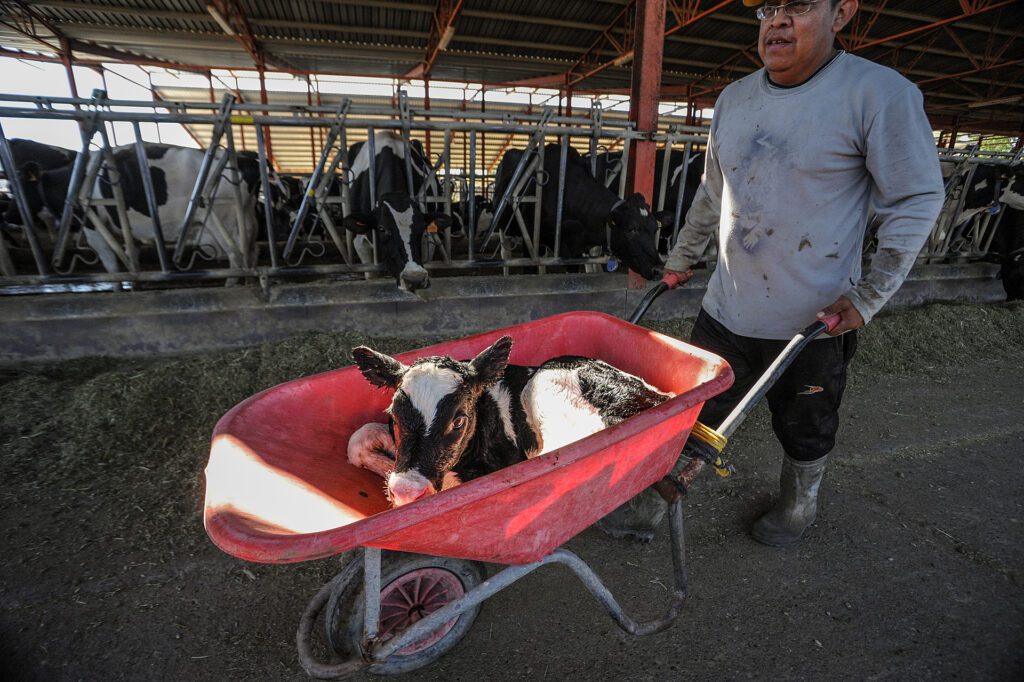
Systematic animal abuse at U.S. dairy farms
Care2: “Animal welfare activists have once again raised the alarm about horrific abuses perpetrated by the U.S. animal farming sector—an industry notorious for not only systematic violence against its animals, but also for covering up said violence. [In 2020], undercover activists went behind the scenes of an auctioneer facility called Erath County Dairy Sales (ECDS) in Texas and Dick Van Dam Dairy, a dairy farm in California. They found ‘aggressive animal abuse practices leading to heightened disease risk and cows being passed off as organic.’ Both undercover investigations have been brought to the United States Department of Agriculture (USDA).
“In Texas, ECDS employees were filmed kicking cows in their fragile heads and necks. Footage shows cows cowering and shaking, lying in puddles or in other dark corners of the facility, clearly suffering. One animal is already on the ground as it is shocked and jabbed with an electric prod. Animals that are dead or dying are carelessly, mercilessly heaped together. In California, Dick Van Dam Dairy employees were filmed beating and jabbing cows with sharp, splintering wooden canes, battering them with metal pipes, kicking them in their soft udders, and twisting their tails to the point of breaking. Some of the cows’ udders were so battered and beaten from milking that their milk turned red with blood. Mother cows are forced to give birth just so their milk can be sold. At Dick Van Dam Dairy, their babies were allegedly discarded and left to rot.”
Urge the USDA to charge those responsible at ECDS and Dick Van Dam Dairy with animal cruelty, and force these facilities to close their doors.
Cause for concern…
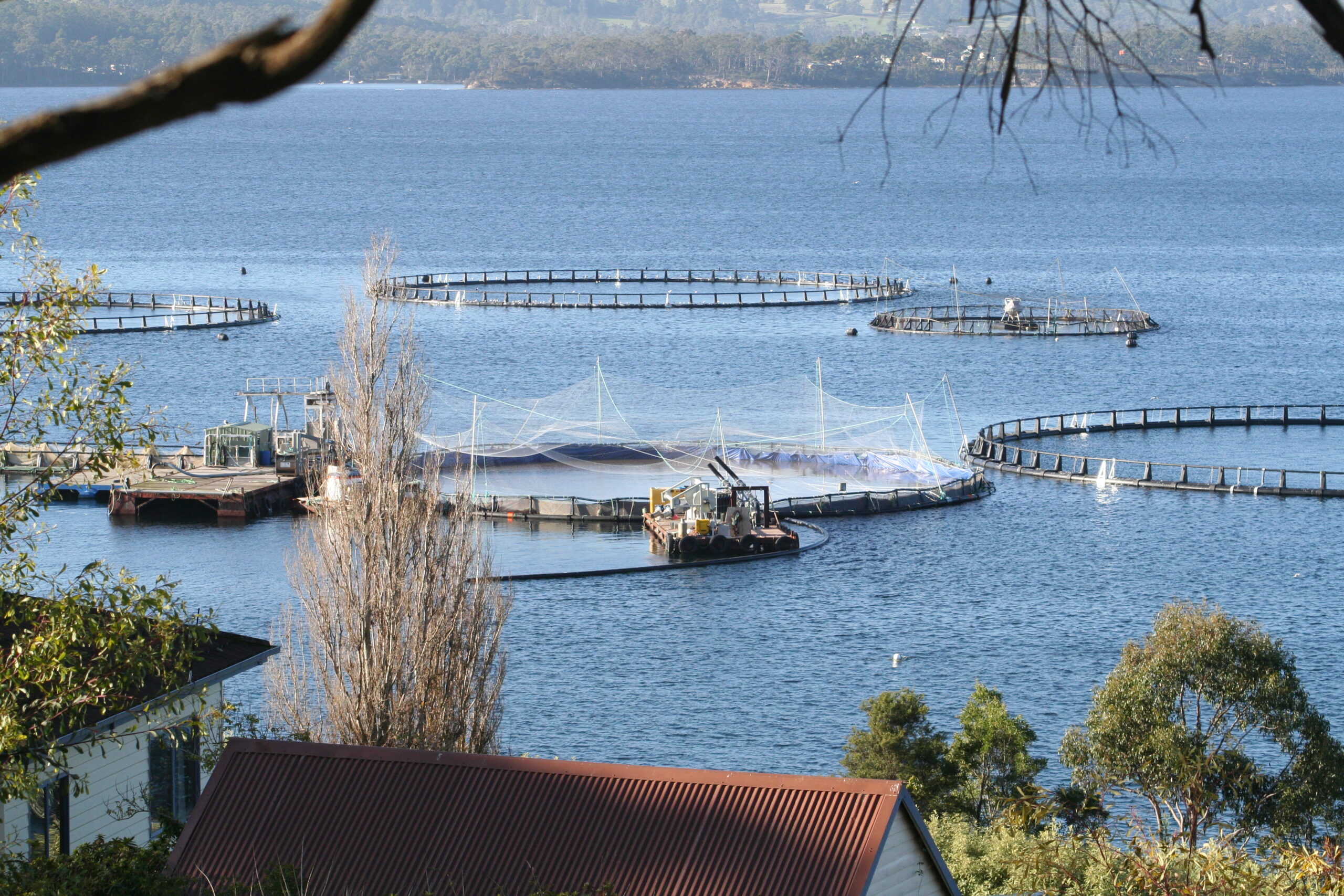
Breeding with farmed fish threatens the survivability of wild salmon
“When wild Atlantic salmon breed with escaped farmed salmon, their descendants grow faster and mature at a younger age, undermining the ability of the species to survive and reproduce in its natural environment…
“This faster pace of life due to genetic contamination is bad news because it is linked to a whole suite of traits that make salmon less well adapted to their environment, such as increased boldness and aggression. Studies have found that the offspring of farmed salmon are less likely to survive as juveniles in the wild, in part because they are more susceptible to predators.
“[Geir Bolstad at the Norwegian Institute for Nature Research in Trondheim] says that as long as the flow of genes continues, ‘it will by all probability decline the population figures because it makes the population on average maladapted.’”
—Adam Vaughan, “Breeding with farmed fish is changing the life cycle of wild salmon” (New Scientist, December 22, 2021)
Round of applause…
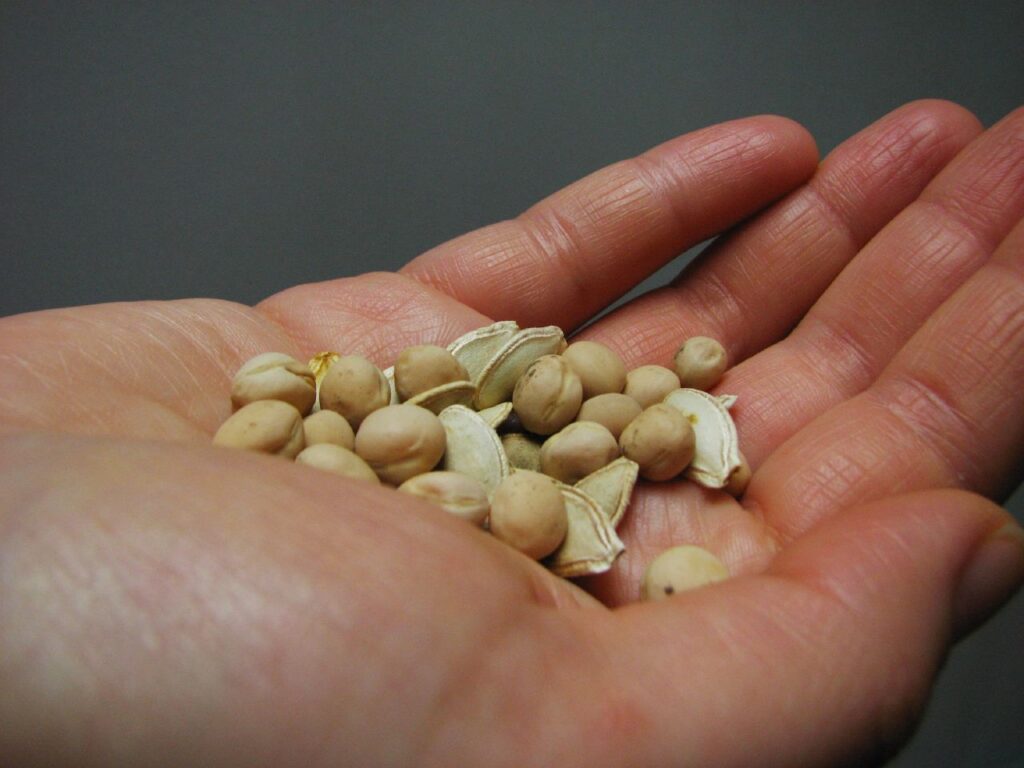
Seed Rematriation: Indigenous Women Are Returning Legacy Crops to Their Original Communities
“Seed sharing is a different practice from seed banking, which could mean storing plant genetic material in a doomsday vault north of the Arctic Circle, or hoarding it at museums and universities—often kept from circulation long beyond viability, and occasionally taken without the permission of their traditional keepers in the name of scientific research. Sharing, on the other hand, bears personal responsibility for returning legacy crops to their original communities. This deeply intentional act of Indigenous food sovereignty is called rematriation. In recent years, the rematriation movement has coalesced into seed stewardship initiatives such as Dream of Wild Health, Sierra Seeds, and the Indigenous SeedKeepers Network.
“‘Seed sharing is a verb,’ says Kirsten Kirby-Shoote, an urban farmer and member of the Tlingit Nation who also organizes popup dinners in her adopted city of Detroit. ‘When we’re talking about rematriation, it means seeds coming home to the motherland. Those vaults? Seeds don’t generally feel welcome there.’”
—Shane Mitchell, “How Indigenous Women Are Sharing Culture Through Seed Rematriation” (Saveur, December 3, 2021)
ICYMI…
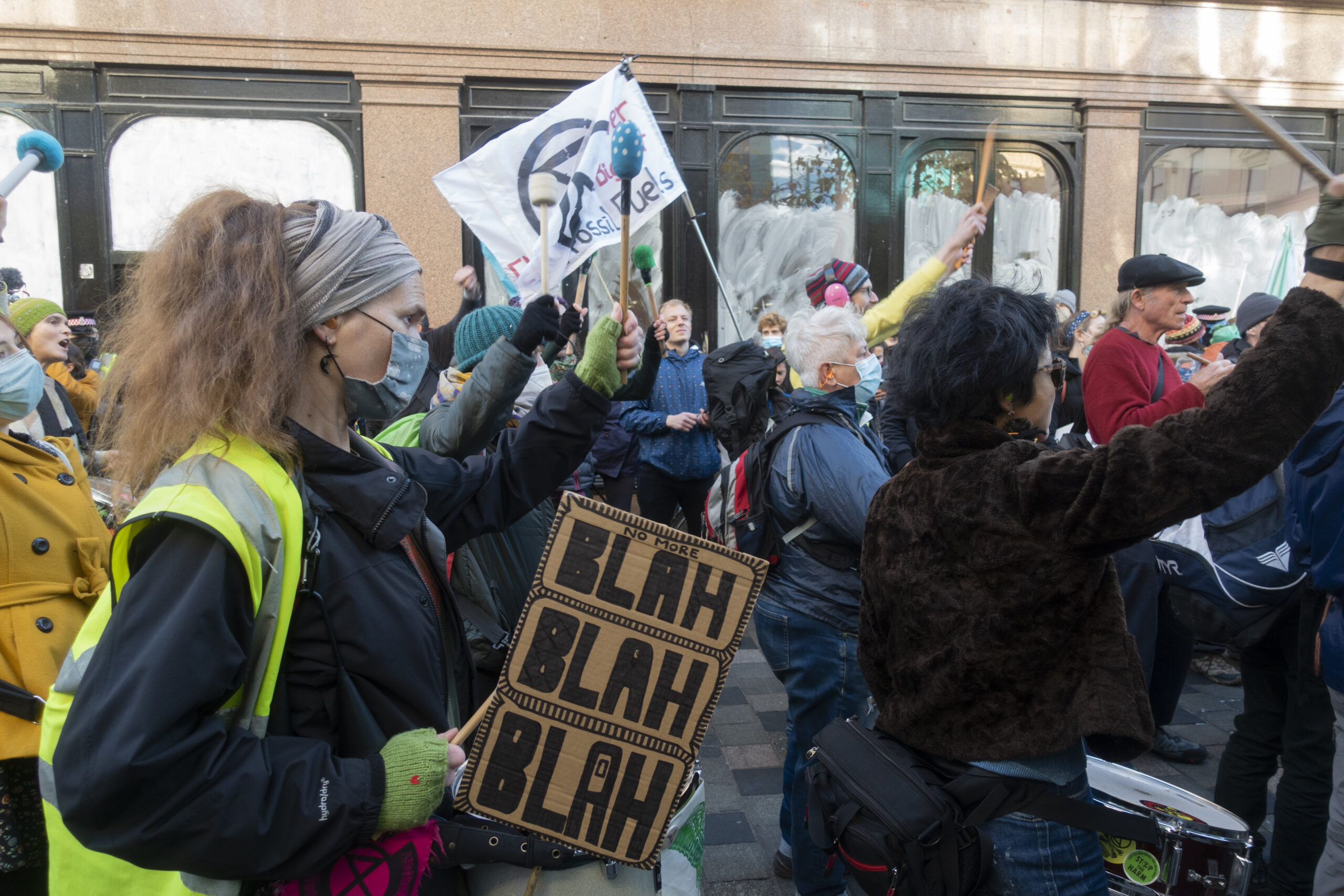
The Glasgow Climate Pact kicks the climate can down the road
“Science has put a deadline on us. In order to limit global warming to 1.5 degrees Celsius above preindustrial levels—a limit decided by the Paris agreement—humankind must achieve ‘net-zero’ emissions (i.e., whatever amount we emit into the atmosphere, we must also remove) by 2050. But that target seems highly unlikely. Big polluting nations like the United States, China and Russia not only continue to burn fossil fuels at an alarming rate but also continue to drill for more oil. China—the world’s biggest emitter, responsible for more than a quarter of humanity’s total emissions—and Russia have pushed their own net-zero targets to 2060. India has pushed it to 2070. That is kicking the climate can down the field, to be dealt with by future leaders. (A quick glance at a graphic created by the Economist showing the quick and steep drop in emissions that China must undergo to achieve its own target underscores the magnitude, and perhaps folly, of winning the war against the climate crisis.)
“In the United States, a divided nation has ossified a gridlocked legislature that hasn’t passed many game-changing climate laws. Much environmental protection has been exercised through executive actions, such as regulations imposed by federal agencies, which can be simply overturned by the next administration. When a Democrat is in the White House, environmental protection is higher on the priority list. When a Republican is in the White House, it’s more about protecting polluters. The country lacks the necessary strong federal and state climate legislation to protect people and the environment from toxic, global-warming pollution, protect fenceline communities (which are often poor communities of color and Indigenous communities) and hold polluters to account.”
—EFL editor Reynard Loki, “COP26: Climate Pledges Don’t Match Up With Policies—or Consumer Behavior” (New Europe, November 17, 2021)
Parting thought…

“The world where the owl is endlessly hungry and endlessly on the hunt is the world in which I live too. There is only one world.” —Mary Oliver
Earth | Food | Life (EFL) explores the critical and often interconnected issues facing the climate/environment, food/agriculture and nature/animal rights, and champions action; specifically, how responsible citizens, voters and consumers can help put society on an ethical path of sustainability that respects the rights of all species who call this planet home. EFL emphasizes the idea that everything is connected, so every decision matters.
Click here to support the work of EFL and the Independent Media Institute.
Questions, comments, suggestions, submissions? Contact EFL editor Reynard Loki at [email protected]. Follow EFL on Twitter @EarthFoodLife.